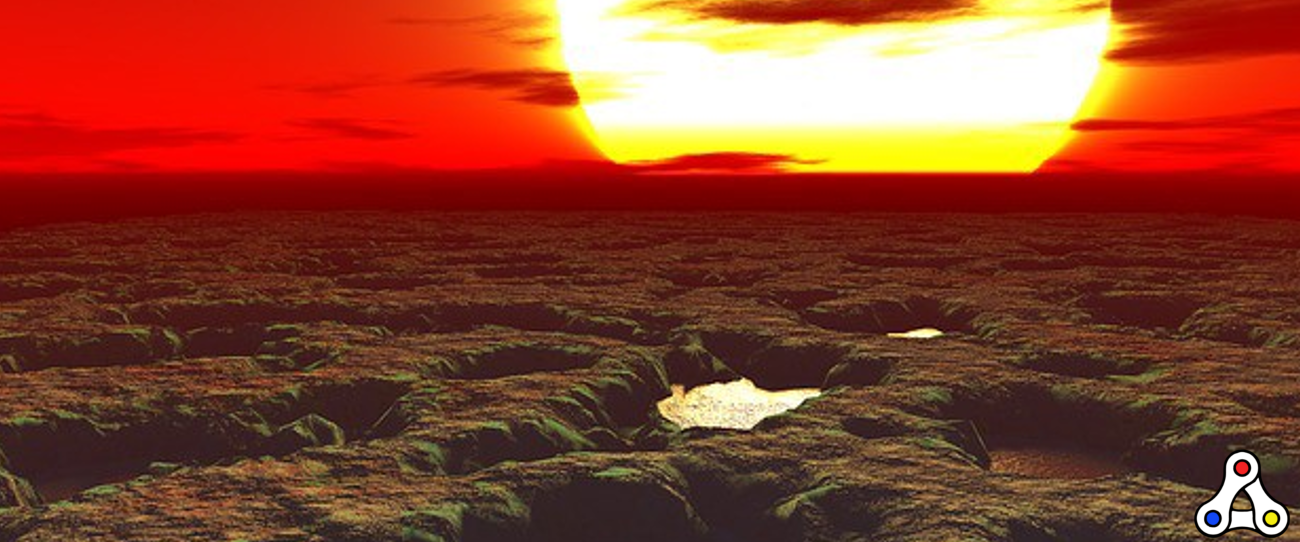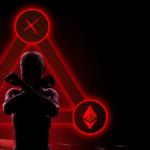Decentralized gaming tech company Xaya has moved its native CHI token first from their own blockchain systems to Ethereum, and now also to Polygon and Binance Smart Chain. WCHI is now available on decentralized exchanges like Uniswap, Quickswap and PancakeSwap.
Xaya is the company behind one of the first play-to-earn gaming initiatives ever, Huntercoin. They launched this human-mining game in 2014, years before Axie Infinity and Alien Worlds will making headlines. However, Xaya mainly builds tools to run completely decentralized gaming systems on a player-run blockchain. CHI is the native token of this blockchain ecosystem.
Now they are ready to expand their footprint and open up their economy to wider influences. They’ve build a bridge from Xaya to Ethereum, and their Wrapped CHI (WCHI) can move to Polygon and BSC. Arguably the token can now dominate the world.
However, they still need to games to achieve that. Any developers can build on top of the Xaya blockchain. Because it connects economically with the wider blockchain ecosystem, developing a game on Xaya just became very interesting. They are working on the football management game Soccer Manager Elite, while they also have the massively online strategy game Taurion in development. For both games we expect more news later this year.

Decentralized gaming explained
In the text above we focus quite heavy on DeFi, but DeFi sure is important for gaming. Especially when we’re talking about gaming projects that have their own economy. Soccer Manager Elite and Taurion are games that have their entire economy and tactical gameplay moves stored on-chain on the Xaya blockchain. As a result these games are provably fair, and cheating is impossible.
As gamers have economical incentives to perform actions in a game world, they automatically take part in an actual economy. Blockchain technology allows developers to connect their game economy with a broader ecosystem, allowing others to participate in the Xaya ecosystem by buying tokens. Therefore participants in a game economy can be actual gamers, but can also be traders, liquidity providers or for example landowners.
However, this also means that it’s very important for game designers to launch their products the right way. Last year during a treasure hunt Xaya had to do a hard fork, which introduced new gameplay mechanics. Similar to how blockchain developers need to be on the same page, gamers and game designers also need to agree to a hard fork. If they don’t, two versions of the game will exist, and only one has continued support from the developer.
[ays_quiz id=’85’]





